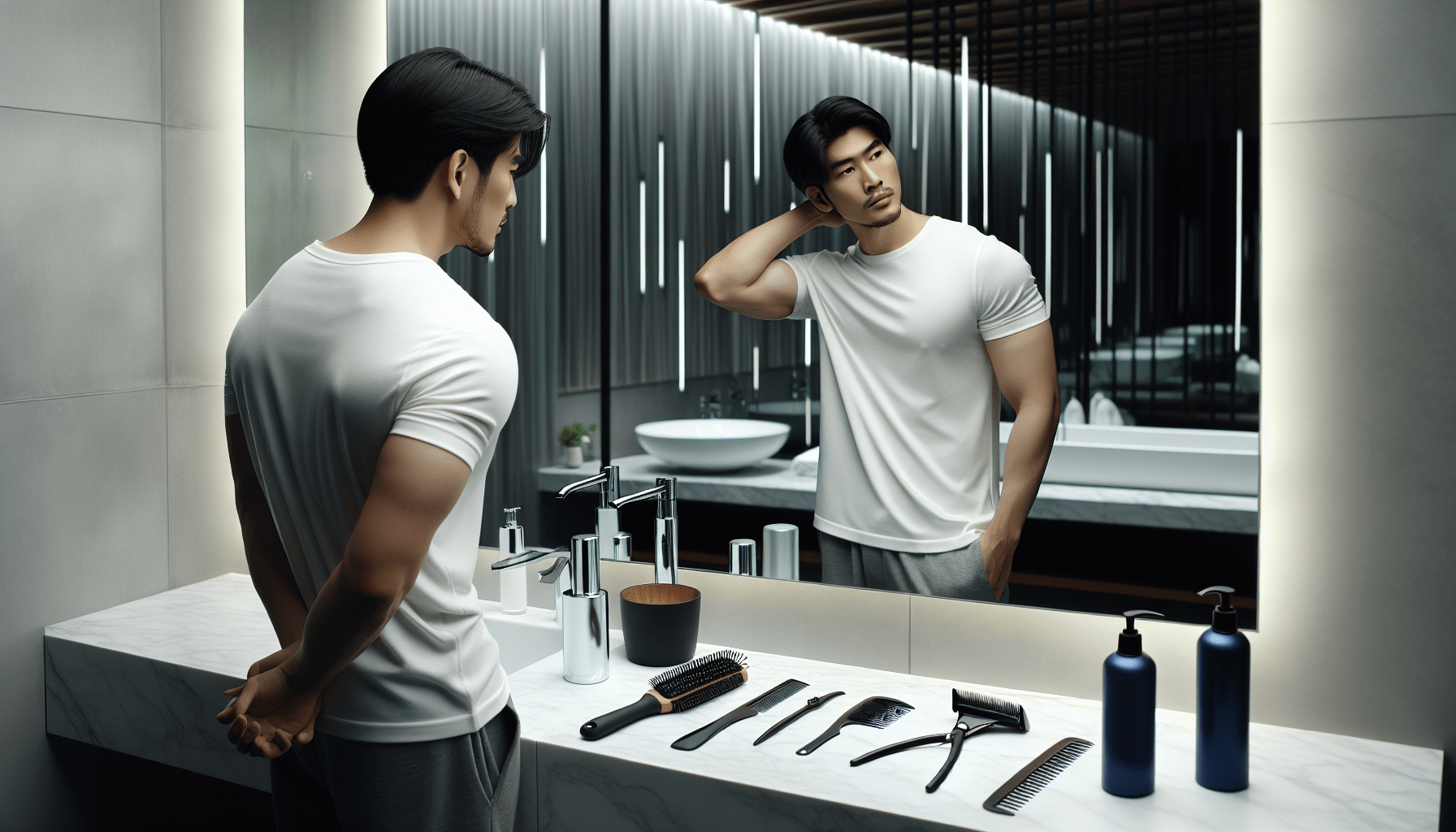


Back hair is a common issue faced by many men. While some embrace it, others feel self-conscious about the hair growth on their backs. Understanding why back hair develops can help in deciding the best way to manage it. Back hair growth is primarily influenced by genetics and hormones, particularly testosterone. The presence of back hair can vary significantly from one individual to another, which is why finding appropriate solutions for removal is essential for those looking to reduce hair in this area.

There are multiple reasons why men may choose to remove back hair. From personal comfort to aesthetic preferences, the motivations vary widely. Some men may feel that back hair detracts from their physique, especially when wearing certain types of clothing, such as tank tops or swimwear, while others may find it uncomfortable during physical activities and workouts. Additionally, for individuals prone to sweating, the presence of back hair can lead to increased moisture, which may contribute to skin irritation or body odor.
When it comes to removing back hair, several options are available. Each method has its pros and cons, making it important for men to consider their personal preferences, pain tolerance, and lifestyle when deciding on a course of action.
Shaving is one of the most straightforward methods for back hair removal. Using the **best back blade**, men can achieve a relatively smooth surface. Here are some tips for effective shaving:
– **Choose the Right Blade**: Look for a blade specifically designed for body hair, preferably one that comes with a long handle to reach difficult areas.
– **Use Shaving Cream**: Applying shaving cream can help protect the skin while providing a smoother glide for the razor.
– **Shave in the Right Direction**: Always shave in the direction of hair growth to minimize irritation and reduce the risk of ingrown hairs.
However, it’s worth noting that shaving can lead to quick regrowth and may require frequent maintenance.
Waxing is another popular method for back hair removal. It involves applying a layer of wax over the skin where hair is present and then pulling it off, which removes the hair from the root. This method generally leaves the skin feeling smoother for a longer time compared to shaving, as regrowth can take several weeks.
– **Professional vs. At-Home**: Many men opt for professional waxing services, as it can be tricky to reach the back area. However, at-home waxing kits are available and can yield good results with practice.
– **Skin Preparation**: Exfoliating the back area before waxing can help eliminate dead skin cells, leading to a smoother waxing experience.
Despite its longevity, waxing can be painful, especially for those who are new to the process.
Depilatory creams are chemical-based products designed to dissolve hair just below the skin’s surface. These creams can effectively remove back hair with minimal effort, making them a good option for those who wish to avoid shaving or waxing.
– **Patch Test**: Always perform a patch test before using any hair removal cream to ensure no allergic reactions occur.
– **Follow the Instructions**: Each product comes with specific application instructions and recommended timing. Adhering strictly to these guidelines is essential to avoid skin irritation.
However, users should be aware that some may find the smell of these creams off-putting, and results typically last around a week or so.
For a more permanent solution, many men are turning to laser hair removal. This method uses concentrated light to target hair follicles, reducing hair growth over time.
– **Professional Treatment**: It’s advisable to seek treatment from a certified professional who specializes in laser hair removal for optimal results.
– **Multiple Sessions**: Achieving desired results usually requires several sessions, and while it can be expensive, many find it worth the investment for long-term upkeep.
This method is particularly effective for individuals with light skin and dark hair, as the contrast allows the laser to target hair follicles more effectively.
Electrolysis is another method for those seeking permanent hair removal. This technique involves inserting a tiny needle into each hair follicle and applying an electric current to destroy the follicle, preventing future hair growth.
– **Time-Consuming**: While effective, electrolysis can be time-consuming, especially for larger areas like the back, as each hair needs to be treated individually.
– **Licensed Practitioners**: Always ensure that you receive treatment from a licensed and experienced practitioner to minimize any potential risks.
Regardless of which hair removal method is chosen, proper aftercare is crucial for preventing irritation and maintaining skin health.
– **Moisturize**: Apply a gentle moisturizer to soothe the skin after hair removal procedures. Look for products without harsh chemicals to avoid irritation.
– **Exfoliate**: Regular exfoliation between hair removal sessions can help prevent ingrown hairs, particularly after waxing or shaving.
– **Monitor Irritation**: If any redness or irritation develops, consider adjusting the techniques used or consult a dermatologist for advice.
Addressing back hair is a personal choice for many men, and the best method largely depends on individual preferences, pain tolerance, and desired outcomes. Whether it’s using the **best back blade** for shaving, considering the smooth finish of professional waxing, or opting for long-term solutions like laser hair removal, there is no shortage of options available. By understanding the various methods and incorporating proper aftercare, men can confidently manage back hair in a way that suits their lifestyle and preferences.
